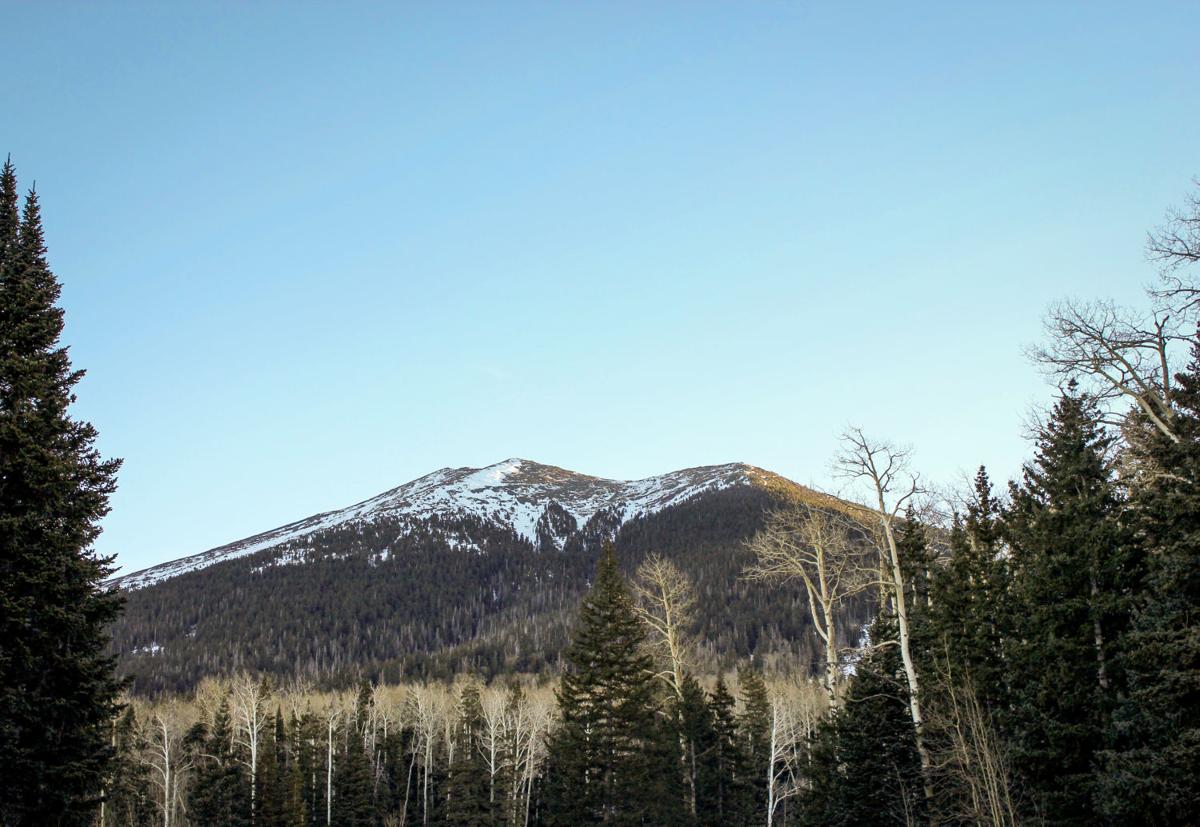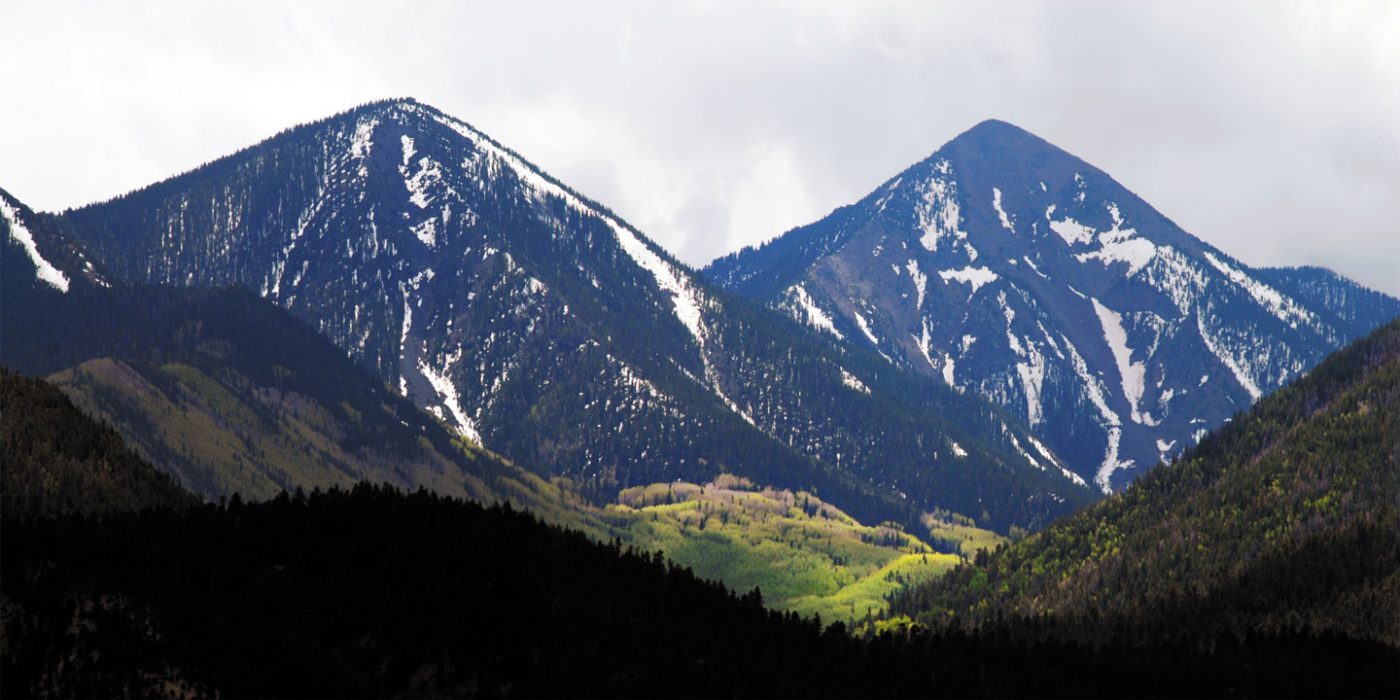Living in the Shadow of the San Francisco Peaks: Flagstaff’s Native American Communities
Living in the Shadow of the San Francisco Peaks: Flagstaff’s Native American Communities

Flagstaff, Arizona, is known for its stunning natural beauty, its vibrant arts scene, and its proximity to the Grand Canyon. But there’s another side to this charming city, one that’s often overlooked: the rich history and vibrant culture of its Native American communities.
Nestled within the majestic backdrop of the San Francisco Peaks, these communities have been stewards of the land for centuries, their stories woven into the very fabric of the region. From the Hopi and Navajo to the Yavapai and Havasupai, each tribe carries a unique legacy, a tapestry of traditions, beliefs, and experiences that deserve to be celebrated and understood.
Related Articles: Living in the Shadow of the San Francisco Peaks: Flagstaff’s Native American Communities
- Unveiling the Largest Indian Reservations in the United States: Discoveries and Insights Await
- Caddo Nation: A Legacy Of Resilience And Culture
- Discover the Native Roots of Frisco: Unveiling the History of Its Indigenous Tribes
- Unveiling California's Native American Heritage: Discover Lost Tribes and Ancient Wisdom
- Journey into an Enchanting Indian Reservation: Discover the Heart of Escanaba, MI
A Legacy of Resilience: A Glimpse into the Past
For millennia, the land around Flagstaff has been home to diverse Native American tribes. The Hopi, known for their intricate kachina dolls and their unique matrilineal society, have inhabited the mesas and canyons to the east of Flagstaff for centuries. The Navajo, renowned for their exquisite weaving and storytelling, have lived on the vast stretches of land to the north, their ancestral home spanning across Arizona, New Mexico, and Utah.
The Yavapai, who call themselves "the people," have resided in the Verde Valley, their territory stretching from the Mogollon Rim to the Colorado River. And the Havasupai, meaning "blue-green water people," have made their home in the breathtaking Havasu Canyon, known for its cascading waterfalls and turquoise pools.
These tribes have faced countless challenges throughout history, from forced relocation and assimilation policies to the ongoing struggle for land rights and self-determination. Yet, despite these hardships, they have persevered, their cultural traditions and spiritual beliefs serving as a beacon of hope and resilience.
The Present Day: A Tapestry of Tradition and Modernity
Today, the Native American communities around Flagstaff are a vibrant tapestry of tradition and modernity. While they continue to honor their ancestral ways, they also embrace the opportunities and challenges of the 21st century.
The Hopi Reservation: A visit to the Hopi Reservation, located about 70 miles east of Flagstaff, offers a glimpse into a unique and ancient way of life. The Hopi people continue to practice traditional farming, weaving, and pottery, their artistic skills passed down through generations. The annual Hopi Snake Dance, a mesmerizing spectacle of prayer and ritual, draws visitors from around the world.
The Navajo Nation: The Navajo Nation, the largest Native American reservation in the United States, encompasses a vast territory that includes parts of Arizona, New Mexico, and Utah. The Navajo people are known for their distinctive turquoise jewelry, their intricate sand paintings, and their powerful storytelling tradition. The Navajo Nation has its own government, courts, and police force, working to preserve its cultural heritage and promote economic development within its vast territory.

The Yavapai-Apache Nation: The Yavapai-Apache Nation, based in Prescott, Arizona, is a vibrant community dedicated to preserving its cultural heritage and promoting economic self-sufficiency. The tribe operates several businesses, including a casino, a resort, and a golf course, providing employment opportunities for its members and contributing to the regional economy.
The Havasupai Tribe: The Havasupai Tribe, renowned for its stunning Havasu Falls, continues to protect and manage its ancestral lands. Visitors can hike into the canyon, marveling at the turquoise pools and cascading waterfalls, and experience the unique culture of the Havasupai people.
Beyond the Reservation: Connecting with the Community
While visiting a reservation can offer a unique cultural immersion, there are also opportunities to connect with Native American communities right in Flagstaff.
The Museum of Northern Arizona: Located on the edge of Flagstaff, the Museum of Northern Arizona is a treasure trove of artifacts, exhibits, and educational programs that highlight the rich history and culture of the region’s Native American tribes. The museum features stunning displays of pottery, jewelry, and textiles, showcasing the artistic mastery of the Hopi, Navajo, Yavapai, and other tribes.

The Flagstaff Arts Council: The Flagstaff Arts Council actively supports and promotes the work of Native American artists. They host exhibitions, workshops, and events that celebrate the diverse artistic traditions of the region’s indigenous communities.
Local Businesses: Several local businesses in Flagstaff are owned and operated by Native American entrepreneurs. From art galleries and craft shops to restaurants and hotels, these businesses offer a unique opportunity to support the community and learn about its diverse cultural heritage.
Connecting with the Community: A Call for Respect and Understanding
As you explore the rich cultural tapestry of Flagstaff’s Native American communities, it’s important to remember that respect and understanding are paramount. Be mindful of cultural sensitivities, avoid taking photographs without permission, and be respectful of sacred sites.
Engaging in conversation with Native American individuals and learning about their perspectives can be incredibly enriching. Remember, each tribe has its own unique history, traditions, and beliefs, and it’s essential to approach each interaction with an open mind and a spirit of respect.

Frequently Asked Questions
Q: Are reservations open to the public?
A: Most reservations are open to the public, but it’s always a good idea to check with the tribe’s website or tourism office for specific rules and regulations. Some areas may require permits or guided tours.
Q: How can I support Native American businesses in Flagstaff?
A: Look for businesses that are owned and operated by Native Americans. Support their efforts by purchasing their products, dining at their restaurants, or staying at their hotels.
Q: What are some respectful ways to interact with Native American individuals?
A: Use respectful language and avoid using derogatory terms. Ask permission before taking photographs. Be mindful of cultural sensitivities and avoid making generalizations. Listen actively and be open to learning about their perspectives.
Q: How can I learn more about Native American history and culture?
A: Visit the Museum of Northern Arizona, attend events hosted by the Flagstaff Arts Council, or check out the websites of local tribes. Read books and articles written by Native American authors, and engage in respectful conversations with members of the community.
Beyond the Scenic Beauty: A Deeper Understanding
As you explore the stunning landscapes of Flagstaff, take the time to delve deeper into the rich history and culture of its Native American communities. By understanding their stories, appreciating their traditions, and supporting their efforts, you can contribute to a more inclusive and respectful future for all.
Remember, it’s not just about visiting a place, but about understanding the people who call it home. By embracing the diversity of Flagstaff’s Native American communities, we can all gain a deeper appreciation for the true beauty and resilience of this remarkable region.

Closure
Thus, we hope this article has provided valuable insights into Living in the Shadow of the San Francisco Peaks: Flagstaff’s Native American Communities. We thank you for taking the time to read this article. See you in our next article!